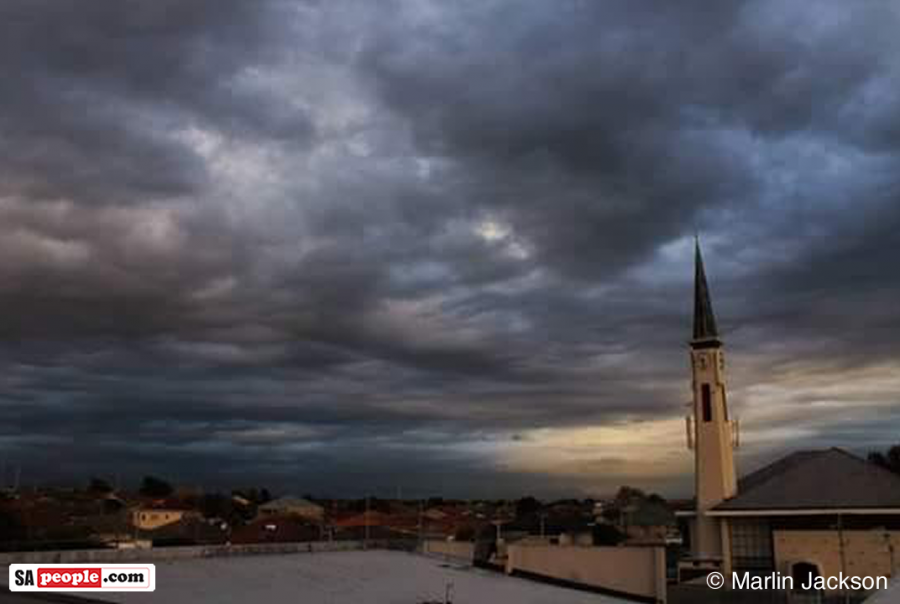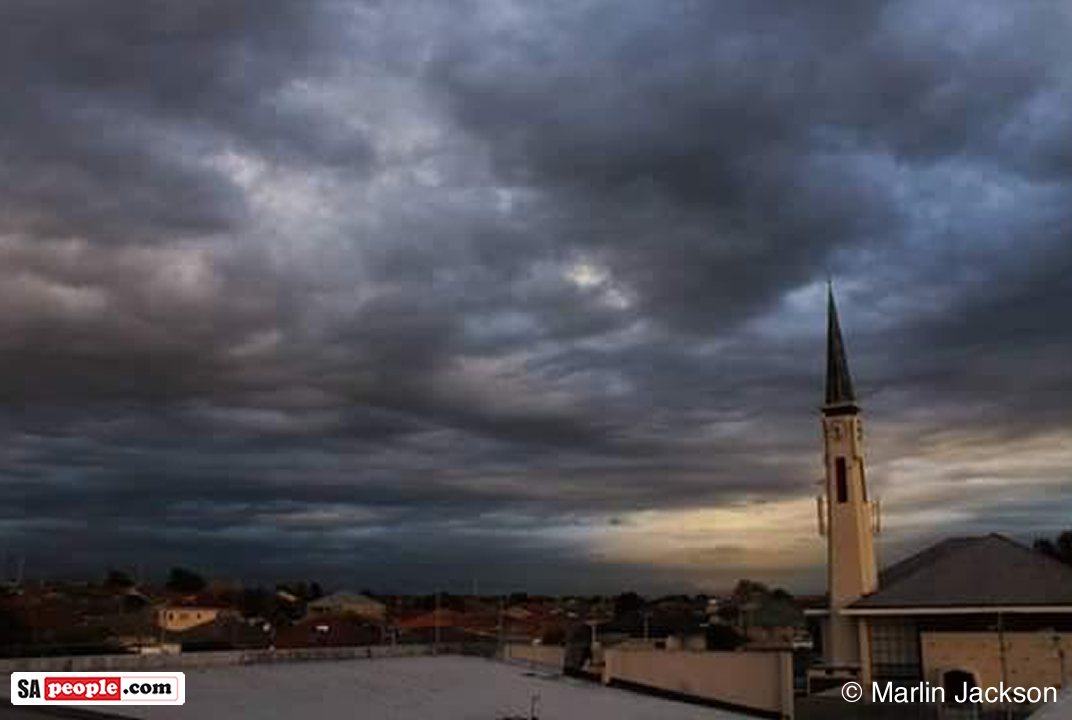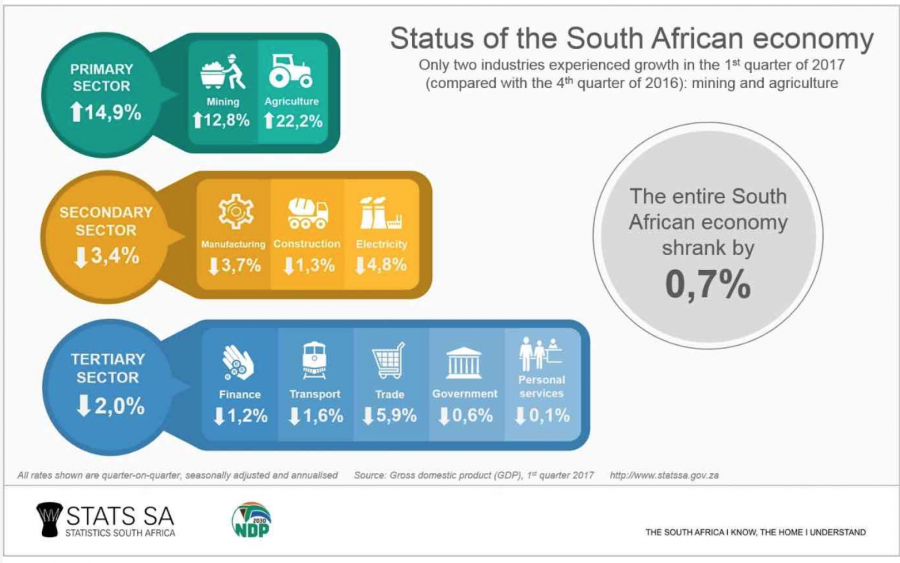
South Africa Officially Enters Recession… and Rand Drops
CAPE TOWN – South Africa is officially in recession, for the first time since 2009, with the country’s Gross Domestic Product (GDP) having contracted to -0.7% in the first quarter of 2017, Statistics South Africa announced on Tuesday. The news, just over an hour ago, has already caused the Rand to start plummeting, falling 1% on […]

CAPE TOWN – South Africa is officially in recession, for the first time since 2009, with the country’s Gross Domestic Product (GDP) having contracted to -0.7% in the first quarter of 2017, Statistics South Africa announced on Tuesday.
The news, just over an hour ago, has already caused the Rand to start plummeting, falling 1% on foreign exchange markets.
The rand is tanking. https://t.co/jML2qoTBha pic.twitter.com/rc0980i8ag
— Joe Weisenthal (@TheStalwart) June 6, 2017
The GDP rate was down from 0.3% in the fourth quarter of 2016.
Joe De Beer, the Deputy Director-General responsible for economic statistics, said the largest negative contributor was the trade, catering and accommodation sector, which decreased by 5.9% and contributed -0.8% to GDP growth.
“For the first quarter, the headline GDP is estimated at a contraction of -0.7% – that is the quarter on quarter seasonally adjusted and annualised growth rate.
“If you do a year on year comparison – first quarter of 2017 with the first quarter of 2016 – there is an unadjusted growth of 1%.
“It is important to always view these growth rates in terms of a time series. So if you look at the last four years, you can see that we have had three other instances of negative economic growth prior to the last two quarters and going by the well-known definition of a recession, we can now announce that South Africa is into the recession with a negative growth in the first quarter of last year and the first quarter of 2017,” he said.
 While the manufacturing industry contracted by 3.7% and contributed -0.5 of a percentage point to GDP growth, only two sectors recorded an increase in economic production in – agriculture (22.2%) and contributing 0.4% to the overall GDP, and mining (12.8%), contributing 0.9% to GDP.
While the manufacturing industry contracted by 3.7% and contributed -0.5 of a percentage point to GDP growth, only two sectors recorded an increase in economic production in – agriculture (22.2%) and contributing 0.4% to the overall GDP, and mining (12.8%), contributing 0.9% to GDP.
De Beer said the agriculture, forestry and fisheries industry rebounded in the first quarter of 2017 on the back of eight consecutive quarters of contraction.
The industry’s increase of 22.2% in the quarter under review was mainly as a result of increases in the production of field crops and horticultural products.
On expenditure, De Beer said household final consumption expenditure decreased by 2.3% in the first quarter of 2017, contributing -1.4% to total economic growth.
He said the main negative contributors were food and non-alcoholic beverages, which fell by -3.4% and contributing -0.7 of a percentage point.
Clothing and footwear, meanwhile, also fell by -12.1%, contributing -0.7 of a percentage point, with the transport sector also contracting to -4.4% and contributing to 0.7 of a percentage point. – SAnews.gov.za
The rand is today's worst performing currency. https://t.co/jML2qoTBha pic.twitter.com/ylbudR6Fai
— Joe Weisenthal (@TheStalwart) June 6, 2017